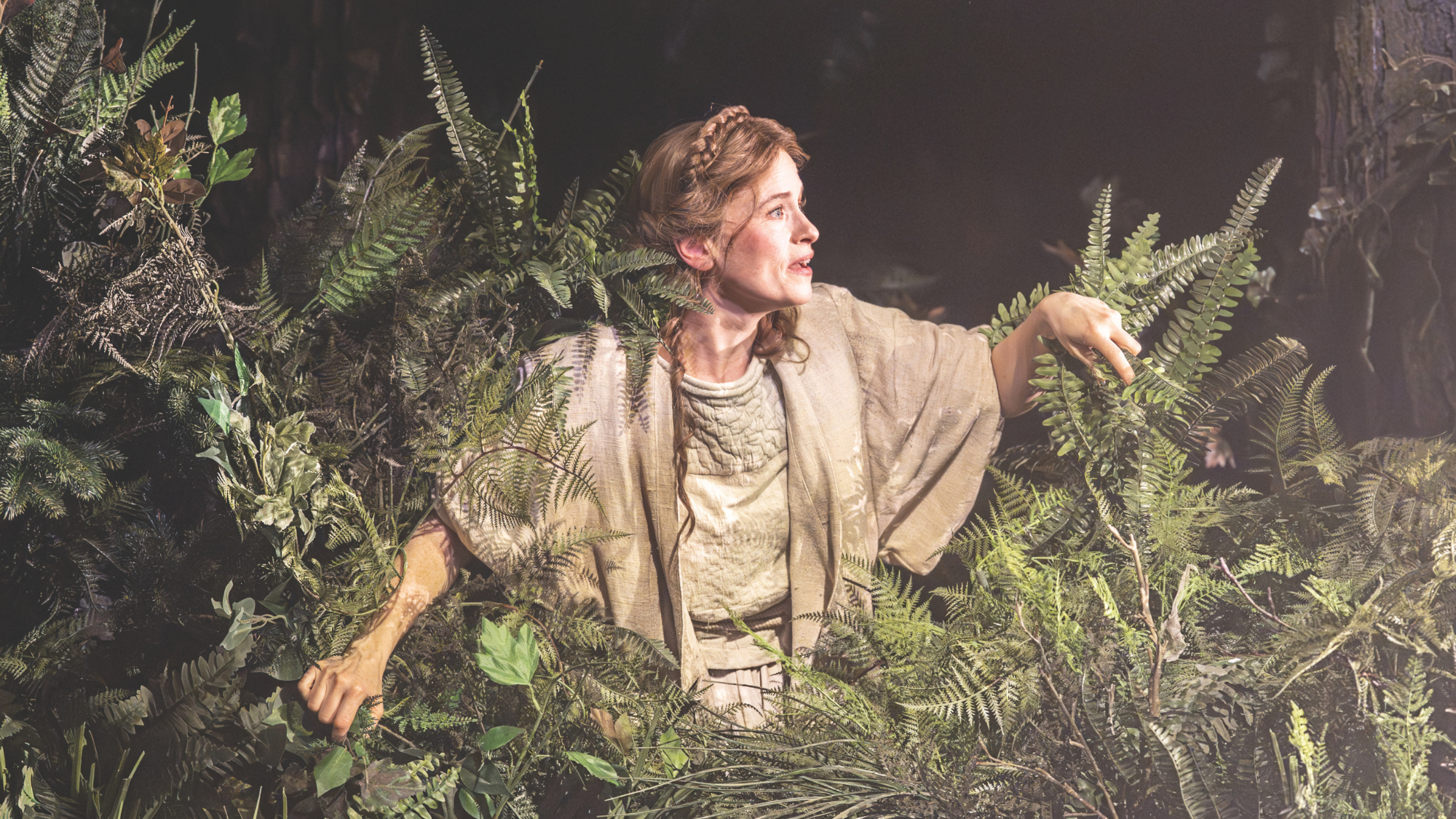This week’s dream:
Ecotouring in Costa Rica’s jungles
Costa Rica is so synonymous with ecotourism that “it could be Al Gore’s poster child,” said Julian Rubinstein in Travel + Leisure. A country smaller than West Virginia, with a population of about 4 million, it has the highest literacy rate in the region and no standing army. Costa Rica’s green revolution began in 1970, when it outlawed unrestricted logging and established a national parks system. Adventure outfitters and lodges soon
followed. Today Costa Rica’s natural beauty and tranquility make it “stand out like Scarlett Johansson in a bus station.”
On my first day as an ecotourist, “I was peed on by a howler monkey.” After a 30-minute flight from the capital San José to the old fishing village of Tortuguero, I joined a group of tourists and scientists on a motorboat heading downriver. Crocodiles sunned themselves on the banks, iguanas clung to hibiscus bushes, and toucans, pelicans, and other birds solemnly observed our passage. My encounter with the howler occurred near a forest overgrowth that blocked our progress as a troop of monkeys crossed the river in the branches of the almond trees overhead. Later we returned to Tortuga Lodge, the first and largest ecotourism operator in the region.
The Week
Escape your echo chamber. Get the facts behind the news, plus analysis from multiple perspectives.

Sign up for The Week's Free Newsletters
From our morning news briefing to a weekly Good News Newsletter, get the best of The Week delivered directly to your inbox.
From our morning news briefing to a weekly Good News Newsletter, get the best of The Week delivered directly to your inbox.
An example of the “delicate balance” such establishments must strike with the environment occurred on the following night, when I “marched under the moonlight” with 100 other people to see a sea turtle. At last we were allotted 10 seconds each to witness “an unforgettable sight”—a gigantic turtle that seemed almost in a trance as it laid about 100 large eggs in a hole in the sand. On subsequent days, I explored Arenal, an active volcano surrounded by a cloud forest; hiked across hanging bridges 500 feet in the air; and, at the luxurious Four Seasons resort at Peninsula Papagayo, dozed on the beach and went sea kayaking. The experience was so dream-like I began to suspect “the monkeys singing outside my villa’s windows were on the payroll.”
Contact: Costaricaexpeditions.com
A free daily email with the biggest news stories of the day – and the best features from TheWeek.com
-
 Into the Woods: a ‘hypnotic’ production
Into the Woods: a ‘hypnotic’ productionThe Week Recommends Jordan Fein’s revival of the much-loved Stephen Sondheim musical is ‘sharp, propulsive and often very funny’
-
 ‘Let 2026 be a year of reckoning’
‘Let 2026 be a year of reckoning’Instant Opinion Opinion, comment and editorials of the day
-
 Why is Iran facing its biggest protests in years?
Why is Iran facing its biggest protests in years?TODAY’S BIG QUESTION Iranians are taking to the streets as a growing movement of civic unrest threatens a fragile stability